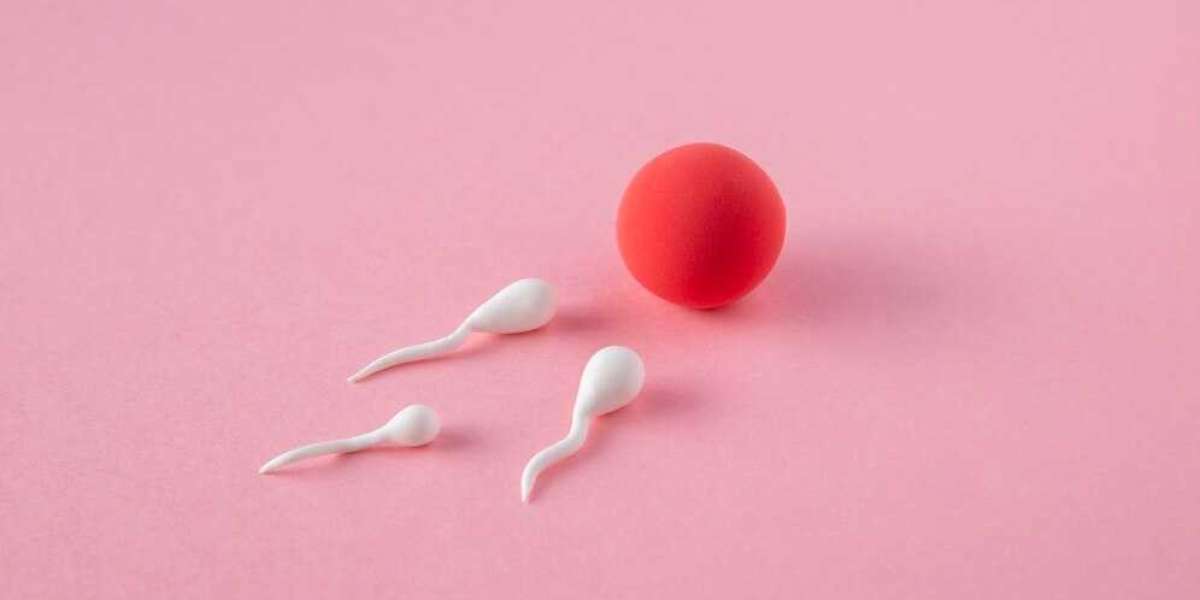Have you ever noticed a clear, stretchy discharge resembling egg whites after ovulation and wondered what it means? You’re not alone! This phenomenon is a natural part of a woman’s menstrual cycle, but understanding its significance can unlock valuable insights into your reproductive health.
In this complete guide, we’ll explore what egg white discharge after ovulation means, its connection to fertility, and when to consult a healthcare professional.
What Is Egg White Discharge?
Egg white discharge is a type of cervical mucus that resembles the texture and appearance of raw egg whites. It is clear, stretchy, and slippery, and it typically appears during a specific phase of the menstrual cycle. This discharge plays an essential role in fertility by providing an ideal environment for sperm to survive and travel.
Its consistency helps sperm move efficiently toward the egg, increasing the chances of conception. Understanding its occurrence can help you better track your reproductive health.
How Does Egg White Discharge Relate to Ovulation?
Egg white discharge is closely tied to ovulation, as it signals the most fertile days of your cycle. Its appearance indicates that estrogen levels are at their peak, which triggers the release of an egg from the ovary. egg white discharge after ovulation means, its connection to fertility, and when to consult a healthcare professional.
The discharge’s texture facilitates sperm motility, making it easier for fertilization to occur. Women trying to conceive often rely on this discharge as a natural fertility indicator. However, it’s important to note that its presence alone Science Behind Egg White Discharge.
The Science Behind Egg White Discharge
The production of egg white discharge is driven by hormonal changes in the body. Estrogen levels rise as the body prepares for ovulation, causing the cervical glands to produce this stretchy mucus. The discharge’s composition helps neutralize the vagina’s natural acidity, creating a sperm-friendly environment.
After ovulation, progesterone increases, which thickens cervical mucus and makes it less hospitable to sperm. This cycle of changes plays a vital role in reproductive health.
Egg White Discharge and Its Role in Fertility
Egg white discharge is often seen as a biological signpost for fertility. Its slippery nature allows sperm to survive longer, giving them a better chance of meeting the egg. For those trying to conceive, recognizing this discharge can pinpoint the best time to try for pregnancy.
Conversely, those avoiding pregnancy can use its absence as a sign of non-fertile days. Its role in fertility makes it a natural indicator in family planning methods.
Normal vs. Abnormal Egg White Discharge
While egg white discharge is a normal part of the menstrual cycle, deviations in its appearance or texture can signal potential health issues. Normal discharge is clear, odorless, and stretchy. Abnormalities such as a foul odor, unusual colors like yellow or green, or accompanying symptoms like itching may indicate infections or hormonal imbalances.
Keeping track of your cervical mucus helps differentiate between normal and abnormal changes, ensuring timely medical intervention when needed.
Common Misconceptions About Egg White Discharge
Many people assume egg white discharge is exclusive to ovulation, but this isn’t always the case. It can sometimes occur due to hormonal treatments, arousal, or stress. Another common myth is that it always looks the same for every woman, whereas its appearance can vary from cycle to cycle.
Some even mistakenly think its absence means infertility, which is not necessarily true. Busting these myths helps foster a better understanding of cervical mucus.
How Long Does Egg White Discharge Last After Ovulation?
Egg white discharge typically lasts for 2-3 days around ovulation, signaling the peak fertile window. However, the exact duration can vary depending on individual hormonal levels and cycle length.
For some women, it might persist slightly longer or transition to a creamy texture sooner. Recognizing its appearance and timing can help you track ovulation and understand your unique cycle patterns.
Tips for Monitoring Cervical Mucus Changes
Tracking cervical mucus is a simple yet effective way to understand your reproductive health. Start by observing its consistency daily and noting any changes in a journal or app. Always check at the same time, such as after using the bathroom.
Wash your hands before examining mucus to avoid introducing bacteria. By combining mucus tracking with other fertility signs, you can build a more comprehensive picture of your cycle.
When to Seek Medical Advice for Discharge Changes
It’s important to consult a doctor if you notice significant changes in your discharge that don’t align with your typical cycle. Signs like strong odors, unusual colors, or discomfort such as itching or burning may indicate infections or underlying conditions.
Persistent changes in cervical mucus could also point to hormonal imbalances. Seeking timely medical advice ensures early diagnosis and effective treatment for potential issues.
How Egg White Discharge Fits Into the Menstrual Cycle
Egg white discharge is just one part of the menstrual cycle’s natural rhythm. It usually appears during the follicular phase, just before ovulation, as estrogen levels peak. After ovulation, the mucus thickens and becomes less hospitable to sperm due to rising progesterone levels.
By tracking this discharge alongside other cycle changes, women can gain insights into their hormonal health and fertility status.
Conclusion
Egg white discharge is a natural and valuable indicator of your reproductive health. By understanding its patterns and significance, you can gain better control over your fertility and overall well-being.
Whether you’re trying to conceive or simply aiming to stay informed about your body, monitoring this discharge is a great place to start.








